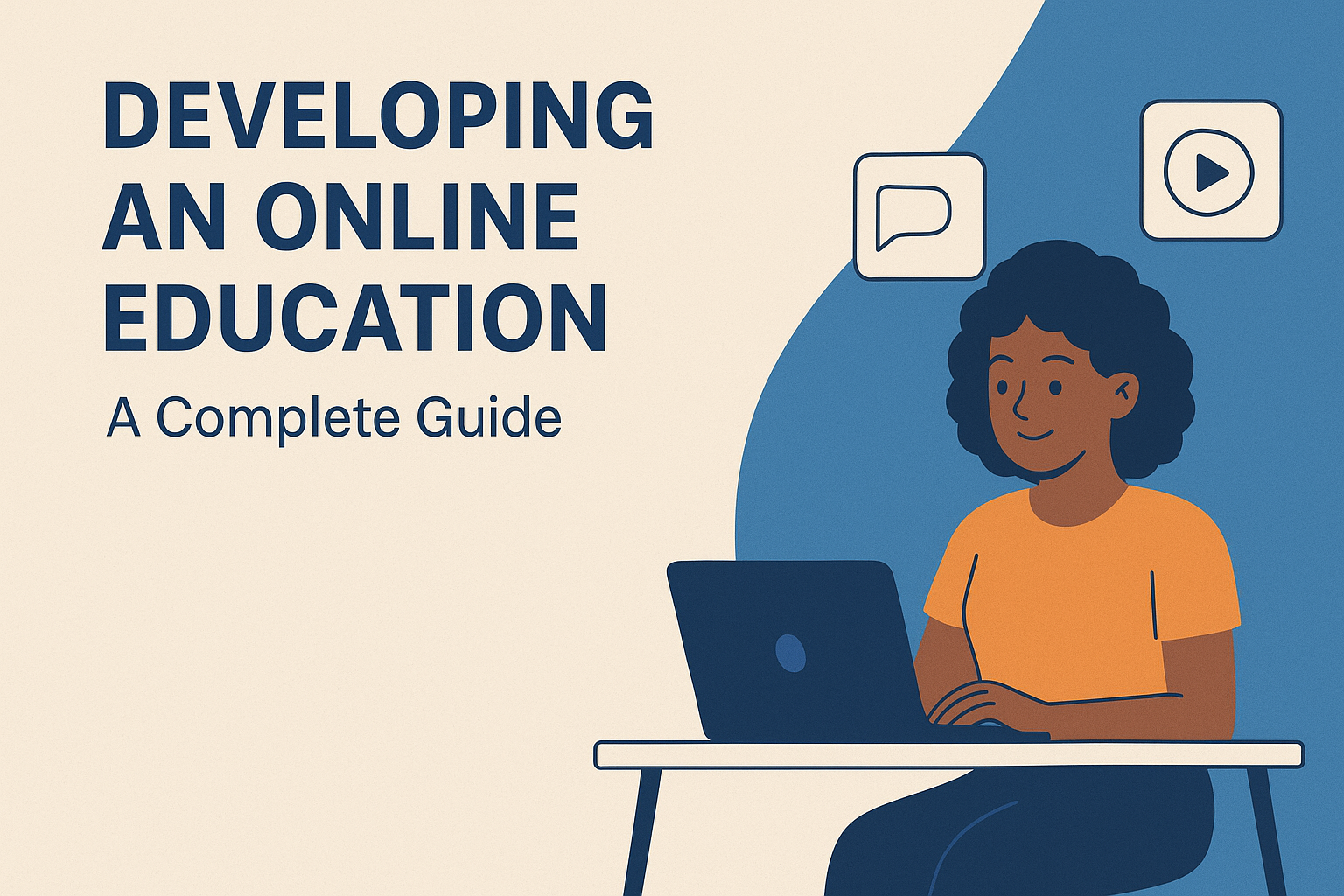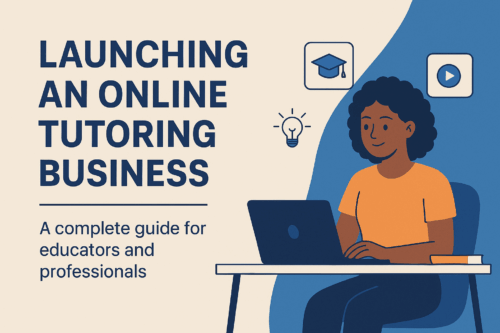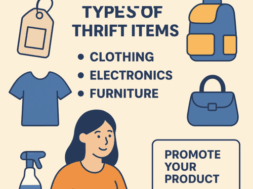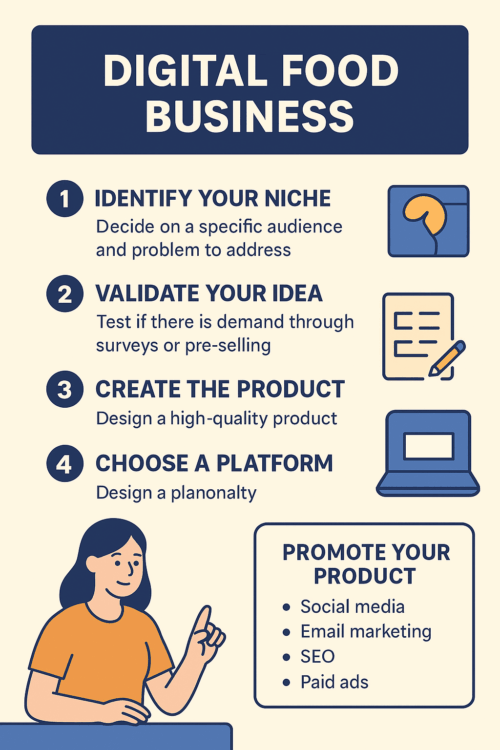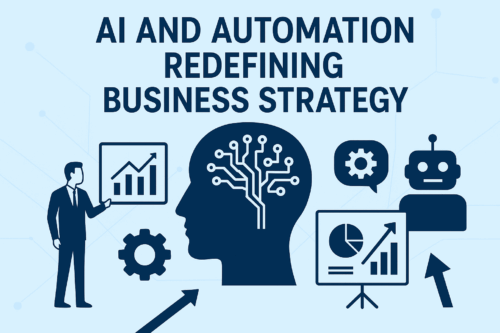Creating and Selling Digital Products: A Complete Guide
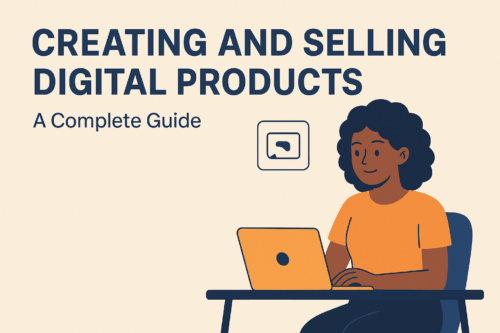
The world of business is rapidly shifting online, and digital products are at the heart of this transformation. From e-books to online courses, templates to interactive worksheets, digital products offer entrepreneurs a low-cost, scalable, and profitable business model. Unlike physical goods, they require no inventory and can be sold repeatedly, making them an excellent way to generate passive income.
Why IT and Education Graduates Should Create Digital Products
Graduates in Information Technology (IT) and Education have a unique advantage in this space. Teachers can create and sell lesson plans, study guides, or worksheets, while IT professionals can offer coding tutorials, e-books, or software tools. Both fields benefit from high demand in online learning and EdTech, making digital products a great way to monetize expertise.
Types of Digital Products You Can Create
E-books and PDF Guides
Great for study materials, coding manuals, and self-help resources.
Video Courses and Tutorials
Step-by-step lessons recorded with tools like OBS Studio or Camtasia, ideal for IT training or online teaching.
Worksheets, Templates & Flashcards
Popular among teachers, parents, and students who want ready-to-use educational materials.
Audio Lessons and Podcasts
Useful for language learning, productivity, and professional training.
Memberships & Subscriptions
Offer ongoing value through exclusive content or group tutoring sessions.
How to Choose the Right Niche for Digital Products
Choosing a niche is the foundation of success. Look for areas where your skills meet audience demand. For instance:
- Teachers: mathematics resources, interactive worksheets, and study guides.
- IT graduates: coding tutorials, app development guides, or cybersecurity basics.
Validate your niche with tools like Google Trends, Udemy insights, and Teachers Pay Teachers search data.
Step-by-Step Guide to Creating Digital Products
Identify Your Target Audience
Know who you are creating for – students, professionals, or teachers.
Choose a Product Format
Decide between e-books, courses, templates, or membership models.
Use the Right Creation Tools
Canva, Microsoft PowerPoint, Google Docs, and Camtasia are excellent starting points.
Design and Test Before Launch
Ensure your product is professional, easy to use, and error-free before putting it on sale.
Best Platforms to Sell Digital Products Online
Gumroad
Simple and effective for creators and freelancers.
Etsy
Ideal for templates, worksheets, and study guides.
Amazon Kindle Direct Publishing (KDP)
Perfect for authors selling e-books.
Teachers Pay Teachers
A leading platform for educators selling lesson plans and teaching resources.
Payhip & Shopify
For those who want more control with their own digital storefront.
How to Price Digital Products for Maximum Profitability
Pricing depends on value, competition, and customer willingness to pay.
- Low-cost entry works for worksheets and simple guides.
- Tiered pricing suits courses with beginner, intermediate, and advanced levels.
- Bundles increase sales by packaging multiple products together.
Marketing Strategies for Selling Digital Products
Content Marketing
Publish blogs, tutorials, or podcasts to showcase expertise.
Email Marketing
Offer free resources as lead magnets to build a subscriber list.
Social Media Promotion
Use Facebook, LinkedIn, Instagram, or TikTok to reach your audience.
SEO Optimization
Target keywords like profitable digital products and online courses for IT graduates.
Affiliate & Influencer Marketing
Collaborate with others to expand reach and credibility.
Building a Personal Brand as a Digital Product Creator
Your brand builds trust. Showcase your knowledge on social media, create a personal website, and gather testimonials. A strong personal brand will make your products stand out in a crowded market.
Scaling Your Digital Product Business with Automation
As sales grow, automation tools like WooCommerce, SendOwl, and Shopify help manage payments, delivery, and upselling. Email funnels can promote related products, while outsourcing design or marketing tasks allows you to focus on strategy.
Common Mistakes to Avoid When Selling Digital Products
- Copying competitors instead of offering unique value.
- Poor product design or presentation.
- Underpricing or overpricing without market research.
- Ignoring marketing and relying only on platform visibility.
Future Trends in Digital Products and Online Learning
- Growth of micro-learning and bite-sized courses.
- Gamified resources for student engagement.
- AI-driven personalization in e-learning.
- Increased demand for coding tutorials, templates, and productivity tools.
Practical Tips for Getting Started Today
- Start With One Product
Don’t try to create too many digital products at once. Begin with an e-book, a simple video course, or a worksheet pack. This reduces overwhelm and allows you to test the market. - Focus on Solving a Problem
The most profitable digital products directly solve a problem. For example:
- A coding graduate can create a “Beginner’s Guide to Python” tutorial.
- An education graduate can design interactive math worksheets for primary school students.
These products address real needs and are easier to market.
- Leverage Free Tools First
You don’t need expensive software to start. Platforms like Canva, Google Docs, Zoom, and OBS Studio can help you create professional-quality products without upfront costs. - Build an Email List From Day One
Offer free resources like sample worksheets or a free mini-guide in exchange for email sign-ups. This builds a loyal audience who may later buy your premium products. - Experiment With Pricing
Test different price points and see what works best. Start small, gather feedback, and gradually increase pricing as your brand grows.
Real-World Example: From Graduate to Digital Entrepreneur
Consider a graduate teacher who starts selling lesson plans on Teachers Pay Teachers for just $2 each. Within a year, after building a catalog of 50+ resources, they can earn consistent monthly income.
Similarly, an IT graduate could record a 5-hour coding crash course, upload it on Udemy or Gumroad, and earn revenue from every new student. With the right marketing, these small steps can grow into a full-time business.
Why Now is the Best Time to Start
The demand for online learning and digital resources has never been higher. Schools, professionals, and learners are actively searching for affordable, downloadable materials that save time and deliver value.
By entering the digital products space now, you position yourself in a growing global market worth billions of dollars annually. Whether you’re aiming for extra income or a full-fledged online business, the opportunity is wide open.
You can also read on: https://baobabentrepreneur.com/launching-an-online-tutoring-business-a-complete-guide/
Key Takeaways
- Digital products are scalable: create once, sell many times.
- Education and IT graduates have a huge advantage in creating relevant, in-demand resources.
- Platforms like Gumroad, Etsy, and Amazon KDP make it easy to start with little technical knowledge.
- Success depends on choosing the right niche, pricing effectively, and marketing consistently.
- With patience, creativity, and consistency, you can transform your knowledge into a profitable digital empire.
Final Words of Motivation
The journey of creating and selling digital products may seem intimidating at first, but remember this: every successful digital entrepreneur started with just one product and a willingness to learn.
Whether it’s a simple study guide, a coding tutorial, or an online course, your skills can impact thousands of learners worldwide while earning you passive income.
💡 The best time to start building your digital product business is today.
Conclusion
Creating and selling digital products is one of the best ways to build a sustainable online business. For IT and education graduates, the opportunities are endless—from e-books and coding tutorials to lesson plans and online courses.
By choosing the right niche, leveraging the right platforms, and marketing strategically, you can turn your knowledge into a profitable digital product business. Start small, build gradually, and scale with automation—the digital world is ready for your expertise.
